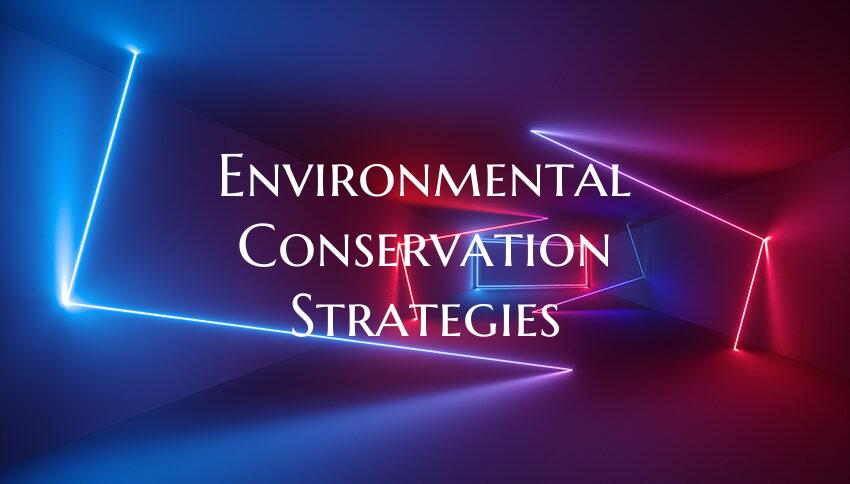Environmental Conservation Strategies
Environmental Conservation Strategies
Environmental conservation is crucial for maintaining the delicate balance of our planet's ecosystems and ensuring a sustainable future for generations to come. To effectively preserve our environment, various strategies can be implemented at individual, community, and global levels. Here are some key conservation strategies that can play a vital role in promoting environmental sustainability:
1. Reduce, Reuse, Recycle: One of the most fundamental strategies for environmental conservation is the mantra of reduce, reuse, and recycle. By minimizing waste generation, reusing products whenever possible, and recycling materials, we can significantly reduce the strain on natural resources and minimize the environmental impact of our consumption habits.
2. Sustainable Resource Management: Adopting sustainable practices in resource extraction and utilization is essential for conserving natural habitats and biodiversity. Strategies such as sustainable forestry, responsible mining practices, and efficient water management can help protect ecosystems while meeting human needs.
3. Biodiversity Protection: Preserving biodiversity is crucial for maintaining the resilience of ecosystems and ensuring their long-term health. Conservation strategies such as establishing protected areas, reintroducing endangered species, and promoting habitat restoration can help safeguard biodiversity and prevent species extinction.
4. Renewable Energy Adoption: Transitioning to renewable energy sources such as solar, wind, and hydropower can significantly reduce carbon emissions and mitigate climate change impacts. By investing in clean energy technologies, we can decrease our reliance on fossil fuels and promote a more sustainable energy future.
5. Sustainable Agriculture Practices: Agriculture is a significant driver of environmental degradation, including deforestation, water pollution, and soil degradation. Implementing sustainable agriculture practices such as organic farming, crop rotation, and agroforestry can help minimize the environmental footprint of food production while ensuring food security.
6. Pollution Control: To protect air, water, and soil quality, effective pollution control measures must be implemented. Strategies such as emission controls, wastewater treatment, and waste management programs are essential for minimizing pollution and safeguarding human and environmental health.
7. Education and Awareness: Educating the public about environmental issues and encouraging sustainable behaviors are key components of successful conservation strategies. By raising awareness about the importance of environmental conservation and providing individuals with the knowledge and tools to make sustainable choices, we can foster a culture of environmental stewardship.
By implementing these conservation strategies and working together to promote environmental sustainability, we can protect our planet's precious resources and create a healthier, more resilient world for future generations.

